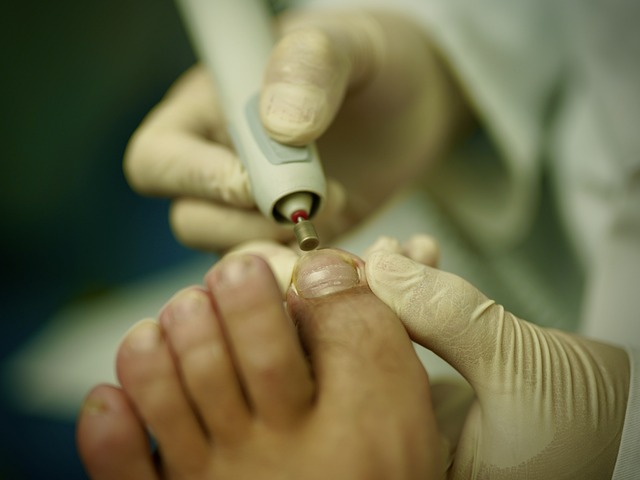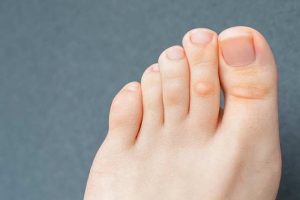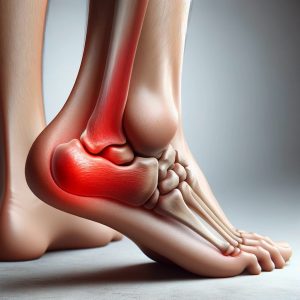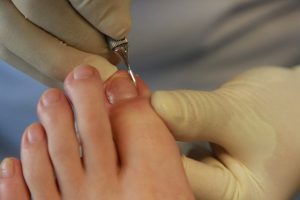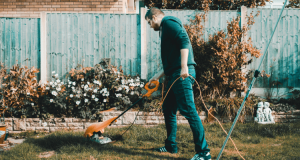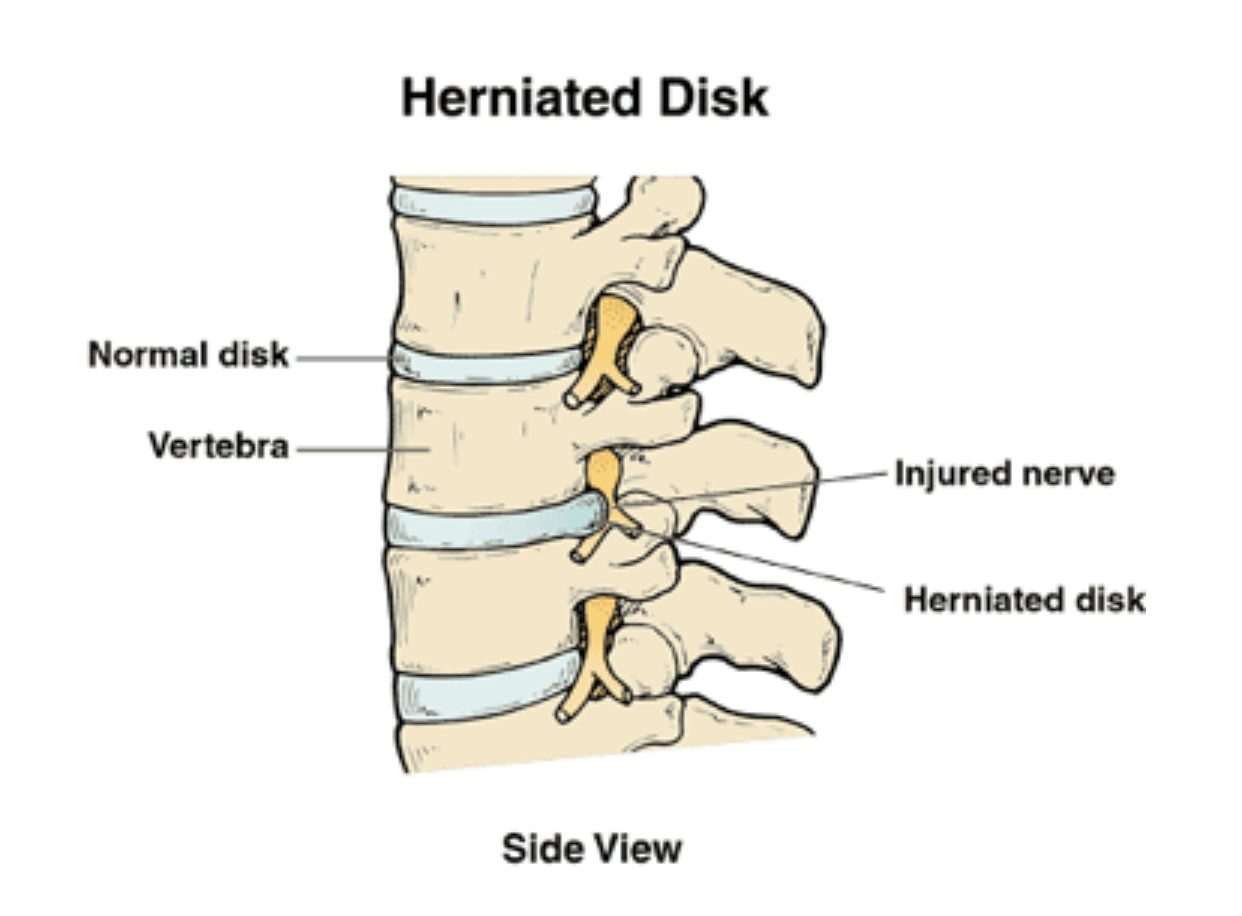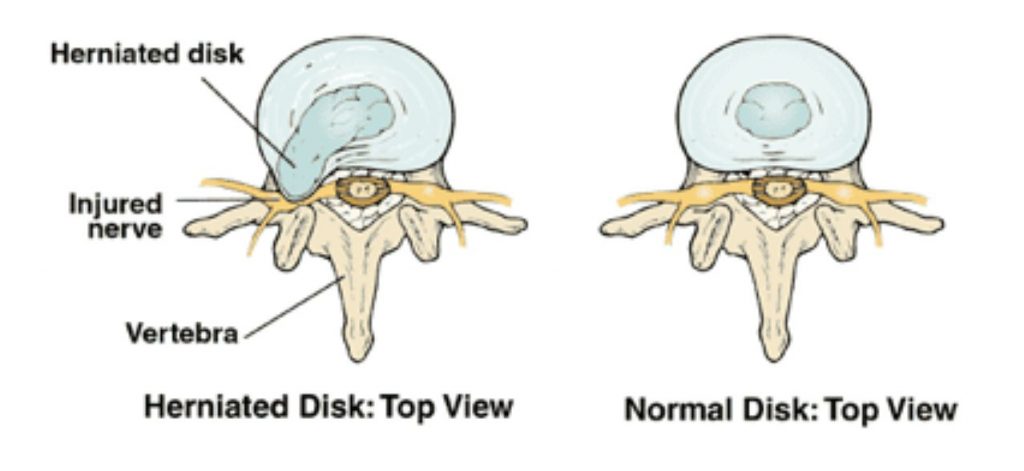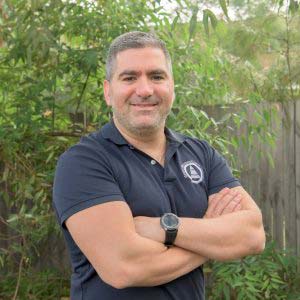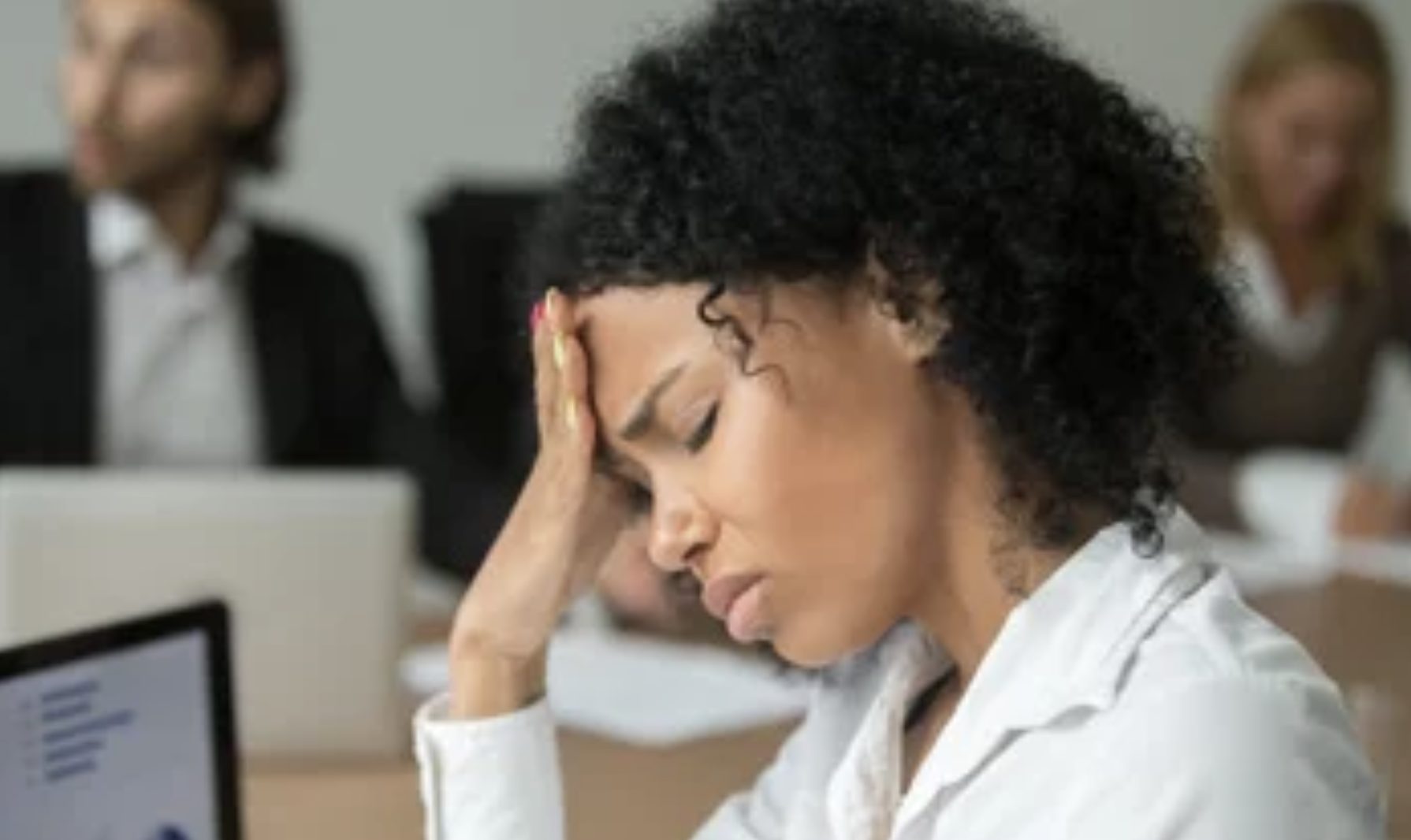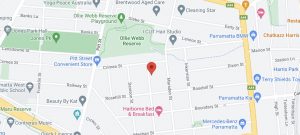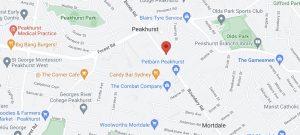What is an ingrown toenail?
An ingrown toenail is a common condition in which the corner or side of a toenail grows into the skin around the nail. Ingrown toenails most commonly affect the big toe, but they can occur on any toe.
Symptoms of ingrown toenails can include:
- Pain and tenderness along the edge of the nail
- Redness and swelling around the nail
- Infection, with pus or drainage
- Difficulty walking or wearing shoes due to the pain
In practice, a lot of my patients will report ingrown toenails being sore when they put socks on, wear shoes, and get into bed with bed sheets touching their toes!
What are the causes of ingrown toenails?
Ingrown toenails and associated pain can be caused by a variety of factors, including:
- Improper nail trimming: There is a fine line! Cutting the nails too short, rounding the corners, or tearing the nails can cause them to grow into the skin. A lot of people I speak to report cutting their nails straight across to avoid an ingrown. Although in theory that sounds like the right way to avoid an ingrown, we’re meant to round the corner of our nails, following the natural curvature. Leaving the sides of your toenails to grow straight may cause an ingrown!
- Heredity: Some people may be more prone to ingrown toenails due to inherited traits, such as the shape of their nails.
- Trauma: Injury to the toe, such as stubbing the toe or dropping something heavy on it, can cause the nail to become ingrown.
- Shoes: Wearing shoes that are too tight or narrow can put pressure on the toes and cause the nails to grow into the skin. This is a big one. It’s an ingrown waiting to happen!
- Fungal infections: Fungal infections of the nails can cause them to become thick, brittle, and more likely to grow into the skin.
- Foot structure: Certain foot structures, such as those with excessively curved nails or toes, may be more prone to ingrown toenails.
- Poor foot hygiene: Poor foot hygiene, such as not keeping the feet clean and dry, can increase the risk of developing ingrown toenails.
In some cases, a combination of these factors may contribute to the development of ingrown toenails.
Take me for example. I don’t usually suffer from ingrown toenails. However, when I leave my toenails to grow too long (not because I want to, but because life with three kids can be busy) and then decide to wear enclosed shoes, (again not because I want to, but because I need the fastest shoes possible to chase my toddler), that’s when the sides of my big toenails start to hurt. The nail feels like they’re digging in and the skin around it starts to feel tender. Now imagine this was an ongoing thing that I didn’t address or take notice of until it was too late… it’s not going to be pretty.
Will ingrown toenails heal themselves?
In some cases, mild ingrown toenails may resolve on their own without treatment, particularly if they are caught early.
However, in most cases, ingrown toenails require some form of treatment to fully resolve. If left untreated, ingrown toenails can become infected and lead to more serious complications.
As a Podiatrist, I’ve seen mild ingrown toenails which are managed regularly with our general treatment of cutting toenails and excess callus (every 6 weeks). I’ve also seen when patients miss their regular appointment for whatever reason and the ingrown worsens to the point of needing antibiotics and sometimes a minor surgery.
Don’t be that person. Early intervention with a Podiatrist is key.
What are the main treatment options for ingrown toenails?
The only way to properly treat an ingrown toenail is to remove the part of the nail that is piercing the side of the skin. Depending on the severity of the ingrown, this is generally a pain-free and quick process. There are other things you can do to help manage the pain of an ingrown which include:
Here are some common treatments for ingrown toenails:
- Soaking the affected foot in warm water: This softens the nails which allows you to gently move the nail away from the skin. This doesn’t apply to everyone as soaking your foot can increase your risk of infection. This is more of a preventative strategy or if the ingrown is not fully established.
- Antibiotics: If the toenail/skin around it is red, swollen, painful and filled with pus it might be infected and will require an antibiotic prescription.
- Wearing good-fitted shoes: Avoid wearing tight-fitting shoes that put pressure on the toes. Wear shoes with a wider toe box which allows room for the toes to move.
- Proper nail trimming: Follow the natural curve of the nail. Avoid long toenails and also avoid cutting them too short. Find a happy medium.
- Partial nail avulsion: In more severe cases, a partial nail avulsion (PNA) may be necessary to remove the portion of the nail that is causing the problem. This is a minor surgical procedure that is performed under local anesthesia.
It is important to seek medical attention from a Podiatrist if the ingrown toenail is severe, infected, or does not improve with home remedies. A Podiatrist can assess the condition and recommend an appropriate course of treatment.

Dr. Yasmin Karam
Dr. Yasmin Karam graduated with a Bachelor of Health Science/Masters in Podiatric Medicine. Dr. Yasmin has had experience working in both private and public sectors, exposing her to a great range of foot complications; from minor nail and skin pathologies to foot mal-alignments and diabetic foot ulcers.

